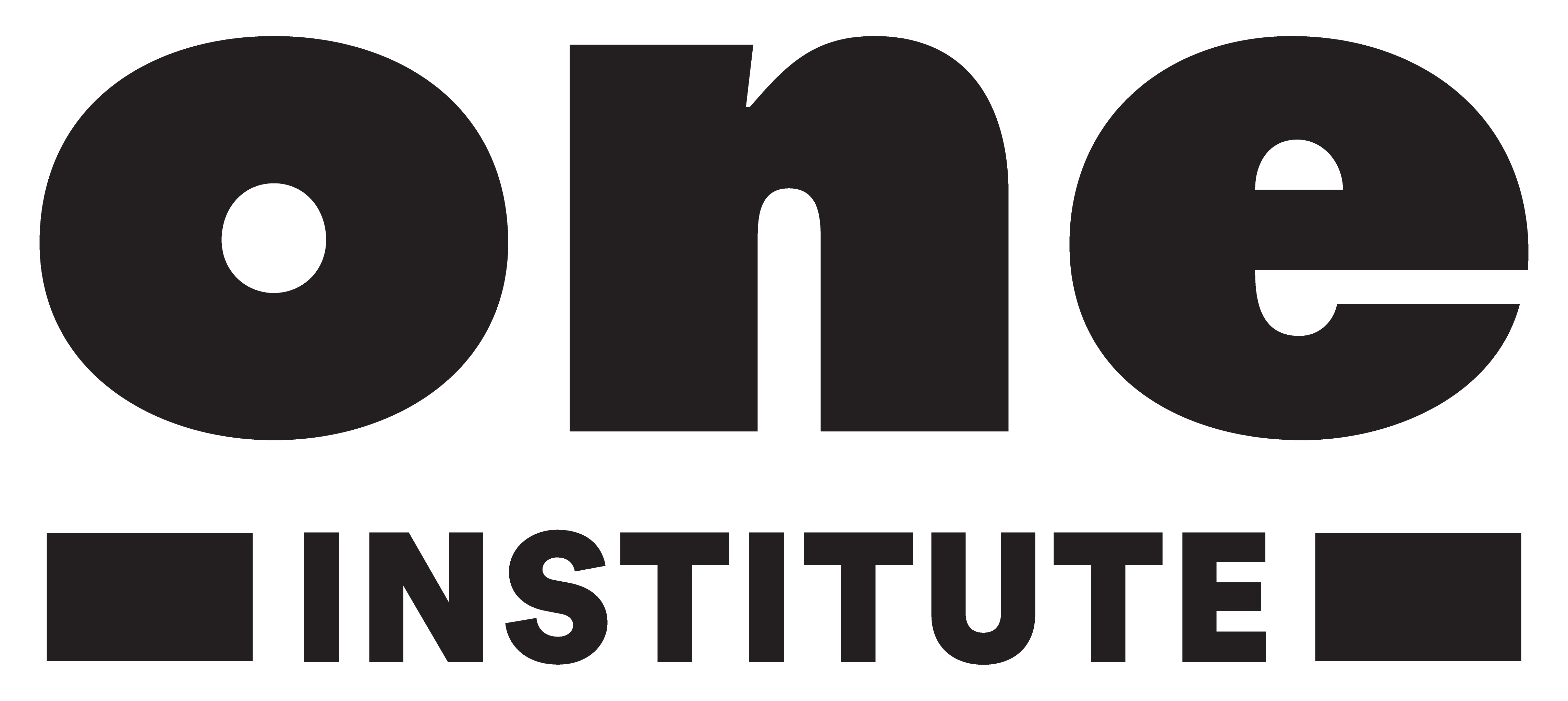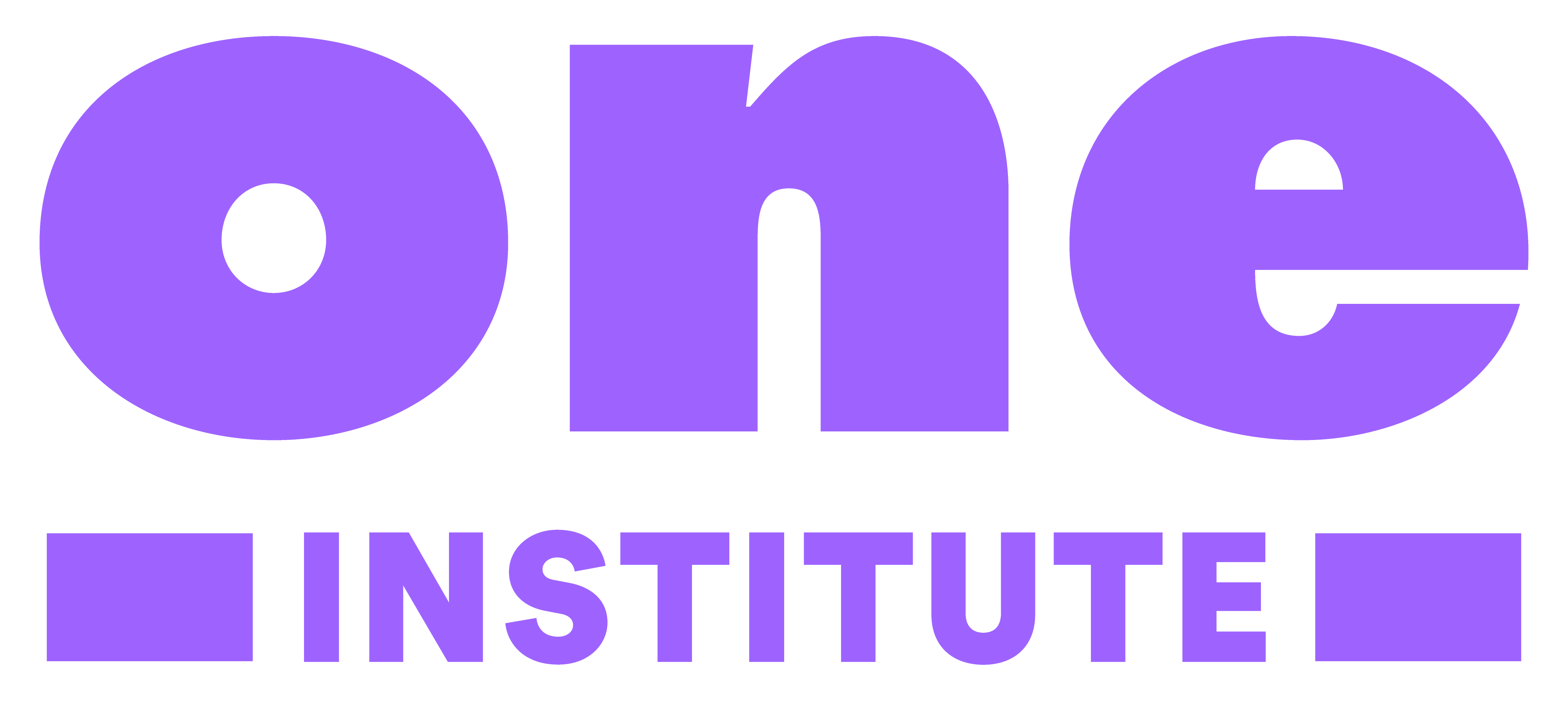A Woman in the House: LGBTQ Parents in the American Welfare State, 1964-2015
This article is authored by Nora Kassner, from the 2018-19 cohort of the LGBTQ Research Fellowship program at the One Institute.
This summer, I had the opportunity to visit ONE Archives thanks to the generous support of the One Institute LGBTQ Research Fellowship. I am a doctoral student at the University of California, Santa Barbara, and I came to conduct research on a dissertation chapter on LGBTQ people in the foster system.
When we talk about LGBTQ families today, we often conjure images of happy queer couples walking down the aisle thanks to Marriage Equality, or the growing number of ways LGBTQ can have children. We don’t think of youth homelessness. In the 1970s, however, a growing youth homelessness problem led LGBTQ organizations to get creative, and their solutions became an early fight for the right of queer and trans people to have legal families.
At ONE Archives, I looked at papers connected to the Triangle Project and Gay and Lesbian Adolescent Social Services (GLASS), two organizations that sought to address LGBTQ youth homelessness by placing homeless teens with LGBTQ foster parents. Although I came to the Archives expecting to learn about foster parents, I hadn’t realized how large of a role youth homelessness would play in this story.
LGBTQ youth homelessness remains a pressing issue. In 2012, the Williams Institute estimated that 40% of homeless youth nationwide were LGBTQ. Looking at documents produced thirty-five years before this study, it is striking how little has changed. Many youth today are homeless for the same reason they were in the 1970s: they run away from—or are pushed away from—home by families that do not accept who they are. Once homeless, youth face the same dilemmas. Then and now, they have had few options for scraping by outside theft and sex work, and these survival strategies often lead to incarceration.
In Los Angeles County, the organizations created to address LGBTQ youth homelessness through foster care paved the way for other victories for LGBTQ families in following years, including the right to adopt and the right to marry. By refocusing our attention away from the often white and affluent LGBTQ adults who benefitted from these rights to the ongoing pervasiveness of LGBTQ youth homelessness, we can see just how much—and how little—progress we have made in the past thirty-five years.
As my work progresses, I will be asking more questions about our progress and its limitations. What were the experiences of foster parents and foster children involved in the Triangle Project and GLASS? What did Los Angeles County elected officers, administrators, and ground-level social workers think of the queer and trans people demanding a solution to youth homelessness? What has changed since the 1970s, and what hasn’t?
Thanks to ONE Archives, I stumbled into a story that few historians have discussed. The unparalleled collections, and the incredible support of the staff at ONE Archives and One Institute have made me a better historian, and, I hope, will enable me to write a story that matters to queer and trans communities.
Image Credits
Top image: Triangle Project, Foster Parent Focus, March 7, 1987, Triangle Project Folder, ONE Subject Files Collection, Coll2012.001, ONE National Gay & Lesbian Archives, USC Libraries, University of Southern California.

Nora Kassner
2018 LGBTQ Research Fellow, One Institute



